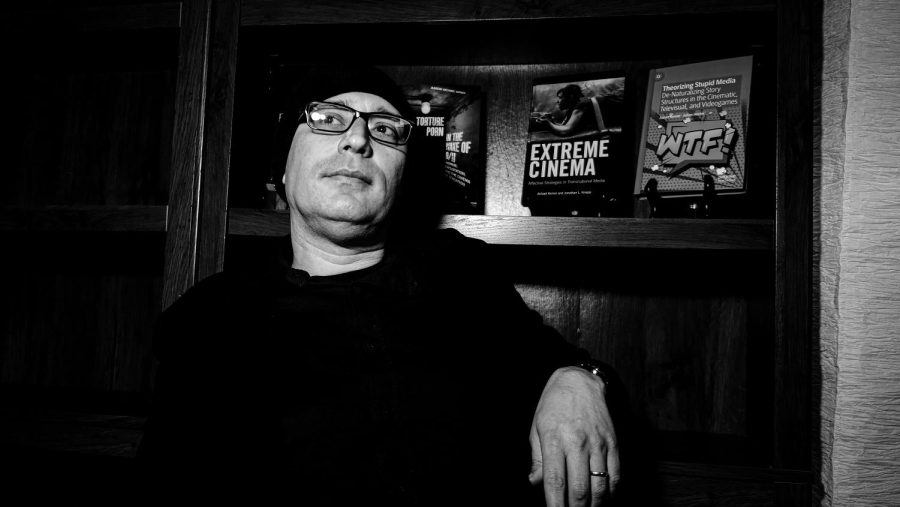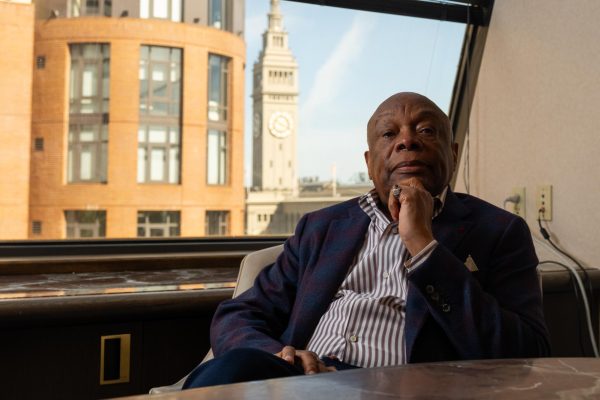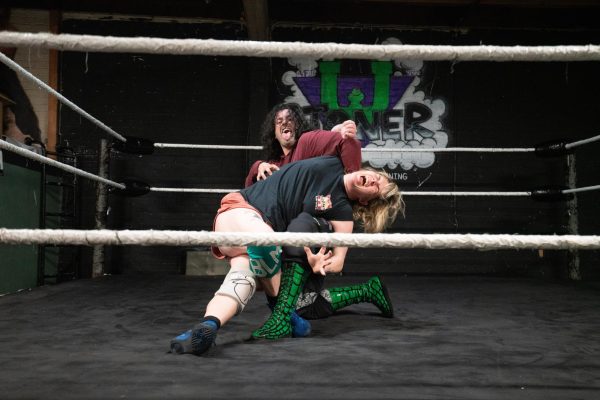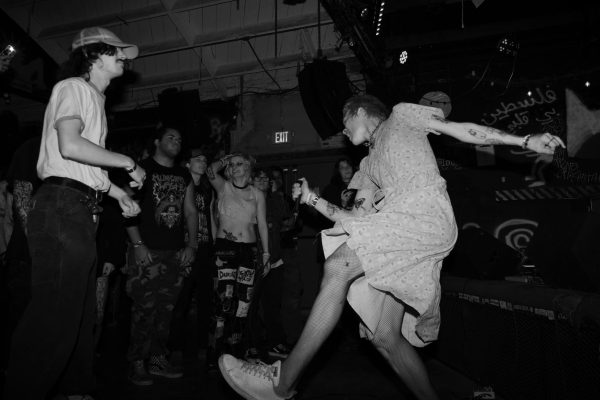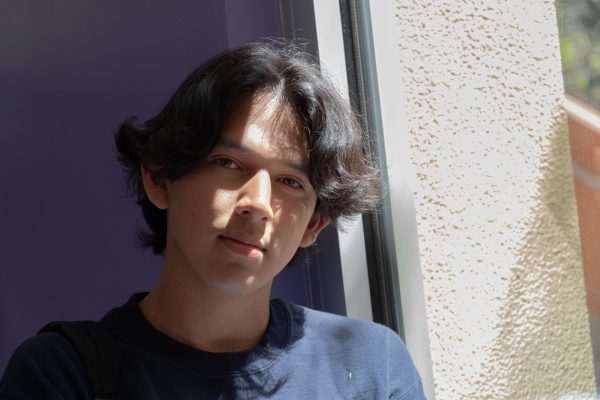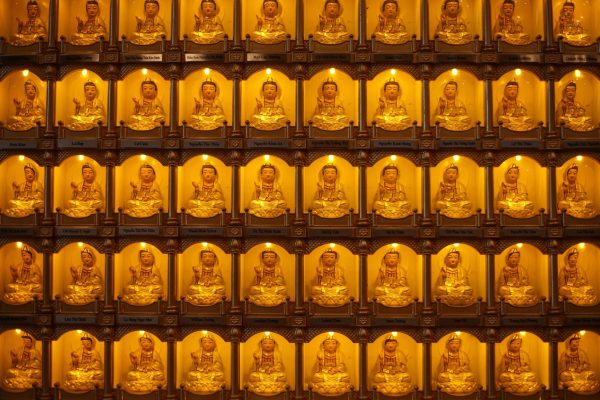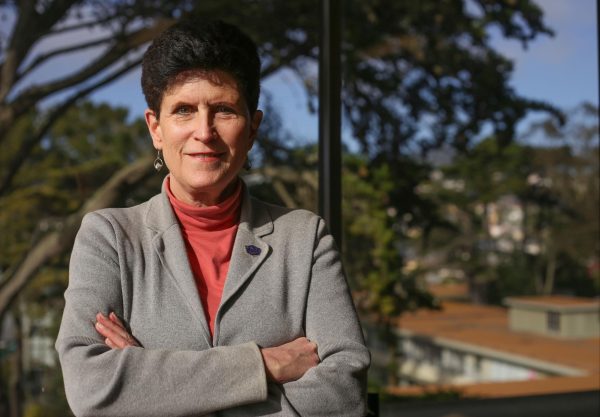Savor the Scream
Why do we enjoy being scared? The elements behind successful horror movies and why we react to them.
Cindy Campbell screams as the phone rings in her quaint suburban home. Her screech amplifies as the camera quickly zooms into her face — then, dead silence. She picks up the phone and Ghostface, a white-masked murderer, responds with a whisper. Ominous music plays, growing louder and louder until the camera cuts to where she spots him. He pops out from the curtain with a hook, and the chase begins.
This sort of damsel-in-distress chase scene from the comedic horror movie Scary Movie can be found in thousands of horror movies.
Horror movies originate from the works of George Mellies, a French illusionist, actor and film director. He directed what is believed to be one of the first horror movies in 1898, named “Le Manoir du Diable,” which translates to “The Haunted Castle.” Horror films today have expanded from black and white to many sub-genres like comedic, supernatural, psychological or slasher.
But why would someone want to be frightened? What is so appealing about watching a movie meant to make people uncomfortable?
David Matsumoto, a psychology Professor at SF State, explained that for those who watch horror movies, the fear they experience when watching may morph into happiness or relief.
Emotions are triggered in our mind as it evaluates the stimuli it perceives. These stimuli can be external — like losing a game, or feeling offended — or generated internally by memories of the past or thoughts about the future.
Alan Gomez, a senior at SF State and president of the first Latinx Film Club at SF State, loves horror films, particularly paranormal or psychedelic horror.
“I like when my adrenaline is pumping throughout the film,” said Gomez.
Matsumoto believes that the pleasure horror movie enthusiasts get is from the rollercoaster of emotions.
“On some level, it’s all about achieving the anticipated emotion,” said Matsumoto.
One of the main emotions horror movies activate is fear.
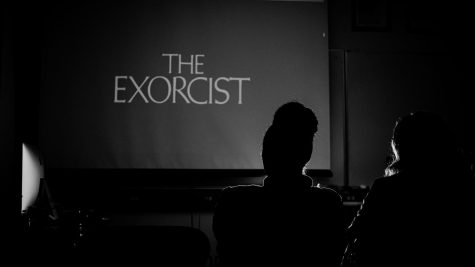
The response starts in the amygdala — a set of nuclei in the brain’s temporal lobe that activates a fight-or-flight response, triggering the release of stress hormones.
The amygdala, hippocampus and prefrontal cortex all work to help the brain determine threats.
“All those horrible things that elicit fear — they have some kind of image that our brains perceive to be threatening in some way, shape or form, either physically or to yourself,” said Matsumoto. “It could be Freddy Krueger coming at us with a knife, or falling off a cliff or something like that. But you notice they’re all about threats to ourself and our survival.”
Horror movies can make people confront their biggest fears, such as death, dismemberment, disfigurement or “creepy crawlies,” like spiders or snakes.
For Gomez, any horror film that features sounds or visuals of “creepy crawlies” freaks him out.
“I just don’t mess with them,” said Gomez. “If something’s coming up, like cockroaches or stuff in the scene, I don’t mess with that.”
Darkness plays a big role in triggering fear. The darkness of the room, and not being able to see what is lurking around the corner makes the scares in the movie even more bone chilling.
Likewise, sound can elicit emotions and create moods to make these feelings more intense. Creepy or unnecessarily loud noises accompanied by flashes of lights can induce a startled response.
“Sound is so critically important to hear, and is one of the things that we maybe take for granted or don’t really think about,” said Aaron Kerner, a cinema professor at SF State. “Sound is actually waves, and they actually touch us. There’s already a physical connection between what was in the movie that we’re watching and in our own bodies.”
Individuals find excitement in certain sounds because it gives them an adrenaline rush. The fear and anticipation that these sounds produce makes their hearts beat faster, and forces them to the edge of their seat.
“Sounds would be critical in terms of stingers or jump scares,” said Kerner. “Those are often accompanied with or just are simply the product of a particular sound element.”
According to Kerner, when Eli Roth, a famous American horror director, sends his movies to the ratings board, he also submits a cut without the full suite of sounds in it.
“That’s where the scary stuff is — in those sounds,” said Kerner.
According to Matsumoto, one’s emotional reaction creates physiological responses, like heart palpitations and sweaty or cold hands.
Those who like watching horror movies still feel the same anxiety, shock and tension like non-fans. But according to Matsumoto, they’re just wired differently.
“It’s not that they don’t get afraid,” said Matsumoto. “They get afraid, but they like the fact that they are afraid, or they like the relief from being afraid.”
Filmmakers use different techniques like the classic jump scare, mounting suspense or over-extending scenes to evoke fear. These technical elements are just as important as the actual content of the horror movie when trying to elicit a certain response from the audience. Imagine watching a film without technical details like unsettling music or shadowy lighting — wouldn’t that be a lot less scary?
“It’s the whole package in terms of it’s not just the narrative that is critical. It’s just how that narrative is presented to us,” said Kerner. “The sound, the editing, the cinematography, the lighting — all that stuff that can definitely make for a scarier horror film.”
An interactive graphic comparing domestic box office sales for some of the most well-known horror movies throughout the years. (Destiny Walker / Xpress Magazine)


